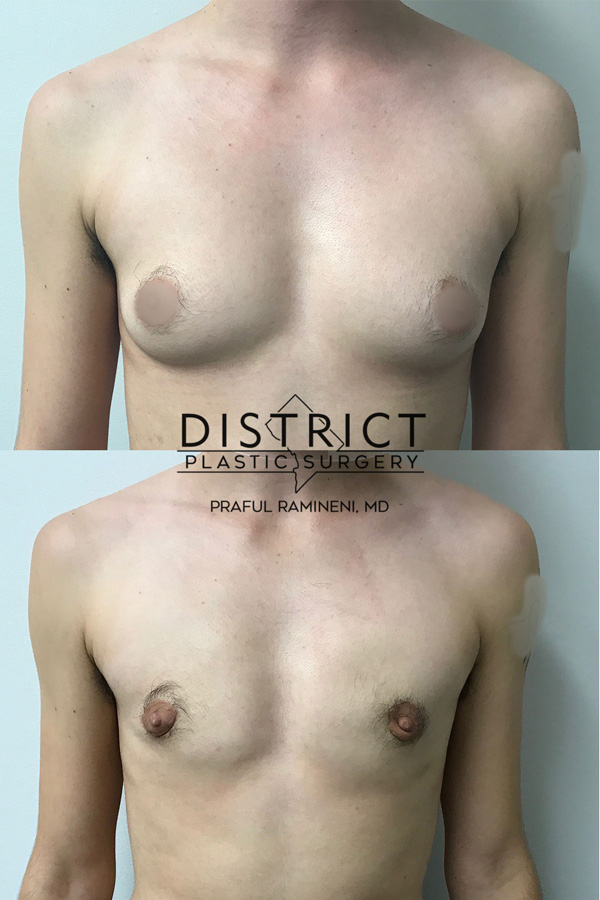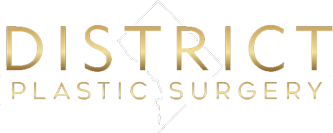
Periareolar Mastectomy
Conveniently located to serve Washington DC, Arlington, Bethesda
Who is a good candidate for surgery?
Since minimal to no skin is removed during this procedure, you must have small breasts and tight skin to be a candidate. In patients with excess skin, larger breasts, this procedure would leave loose skin which can continue dysphoria. You should be healthy and off all nicotine products for at least 4 weeks.
How is the procedure performed?
An incision is made from 3 to 9 o’clock at the border of the areola. The breast tissue is removed, but no skin is removed (the skin is allowed to contract by itself). Some areolar/ nipple reduction may need to be done at the time of surgery or at a future date. This may lead to an incision being made all the way around the areola.
Will insurance cover the procedure?
In most cases, yes. Most insurance companies cover the surgery, however there are some policies that have an exclusion for gender dysphoria. Most insurances require that you are 18 years of age and that you have been socially transitioned for at least 1 year. Some insurances (e.g. blue cross federal) require 2 letters (one from a psychologist/psychiatrist) and 1 year of testosterone treatment.
What are my out of pocket costs?
For self pay patients, we can give you an exact quote for surgery, anesthesia and the operating room. For insurance patients, only your insurance company knows that answer. The facility and anesthesia providers we use are all in network. The codes that the insurance companies use are 19303 X 2 for the mastectomy and in patients who are having areolar/nipple reduction, you would also give them 19350 X 2. Aetna uses 19318 X 2 for the entire procedure whether or not you have nipple/areola reduction.
Risks
- Seroma – fluid buildup after the drains are removed. This is a minor issue, but the most common potential issue. This is generally managed by using a needle to drain the fluid in the office. You will be numb, so you shouldn’t feel this. In rare cases where the fluid continues to return, a drain may need to be placed
- Hematoma – a small percentage of patients have bleeding after surgery, this may need to be drained in the office or rarely in the operating room
- Infection – extremely uncommon, but could require antibiotics or drainage
- Numbness – expected after surgery, can sometimes take a year or more for sensation to return, generally nipple erogenous sensation is not able to be saved with nipple grafts
- Need for revision – some patients require small touch ups. This can almost always be done in the office under local anesthesia and if you used insurance for your procedure, they will generally cover any revisions. These are uncommon due to the number of surgeries we perform , but is slightly more common in periareolar techniques
- Underarm fat – some patients have underarm fat/back – this is not a complication and we give patients a quote at the time of their initial consult for liposuction of this area. Liposuction can be performed at a later date, but generally results are better if it can be done at the time of surgery. This is different from dog ears.
- Nipple loss – extremely uncommon, would require tattooing or revision
- Loose skin – more common in periareolar techniques since no skin is removed, may require revision or conversion to double incision technique.

Dr. Praful Ramineni
Plastic Surgeon in Washington D.C.
Dr. Ramineni is the founder of District Plastic Surgery. He is board certified and has over 20 years of experience in plastic and reconstructive surgery. He started his career as one of the busiest surgeons at Medstar Washington Hospital Center with a focus on complex reconstructive surgery including cancer and trauma reconstruction, microsurgery and aesthetic surgery.


Contact Us
